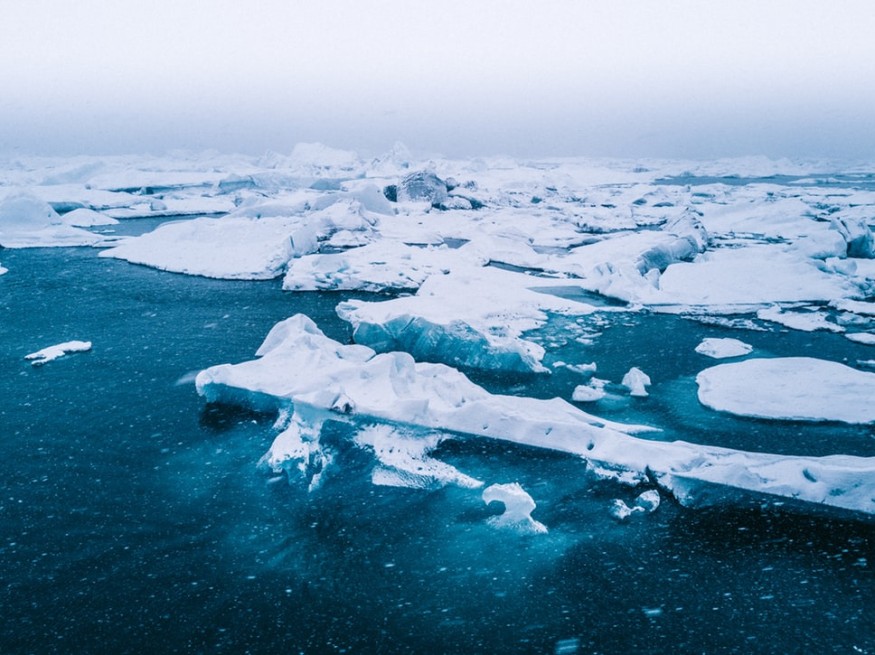
The Arctic is always the first victim of climate change and just recently, a new study discovered that the Arctic sea ice cannot bounce back if climate change was the primary reason for its melting.
In a study led by scientists from the University of Exeter, researchers examined the used shells of quahog clams along with different climate models to discover how the Arctic sea ice has changed over the last 1,000 years. The empty quahog clamshells are crucial since these species can live up to more than a hundred years. Through this methodology, they discovered that the sea ice coverage was able to shift over decades to centuries and thus shrinking ice cannot be expected to return rapidly if climate change is slowed or reversed.
This research aims to examine whether the ice changes in the north of Iceland in the past were caused by volcanic eruptions or is it a part of a natural phenomenon. Lead author Dr. Paul Halloran of the University of Exeter explains that at least one-third of the past variation was discovered to be forced -- through unnatural causes -- and shows that the climate system is very sensitive to such factors. He says that there is increasing evidence that most aspects of climate change are not caused by natural phenomena but are forced by certain events. "Our study shows the large effect that climate drivers can have on Arctic sea ice," he narrates. "Even when those drivers are relatively weak like for example volcanic eruptions or solar changes. However, nowadays, the climate driver is not weak volcanic or solar changes -- it is human activity and these activities are massively forcing the system."
Ian Hall, a professor from Cardiff University and co-author of the study says that the results of the study suggest that climate models are able to produce an accurate long-term pattern of sea ice change thus giving scientists confidence in what climate models are suggesting regarding the current and the future of sea ice loss. What usually happens when there is a lot of sea ice is that some of the ice drift southwards and when freshwater was released, it can slow down the North Atlantic Ocean Circulation or more commonly known as the Atlantic Meridional Overturning Circulation (AMOC). The AMOC will then bring water from the tropical parts of the planet towards the Arctic and slowing the circulation cools the region and allows ice to grow further. However, with less ice, the AMOC can bring more warm water and because of climate change, it also brings further warming that can lead to sea ice loss.
The scientists used quahog clams because aside from living for more than a hundred years, their shells produce growth rings which can be examined to measure environmental changes in the past. This study is part of an initiative by Cardiff University, the Met Office, and an international team of scientists that is currently working on climate model simulations of the last millennium and funded by the Natural Environment Research Council and is currently published in Scientific Reports.
© 2025 ScienceTimes.com All rights reserved. Do not reproduce without permission. The window to the world of Science Times.











